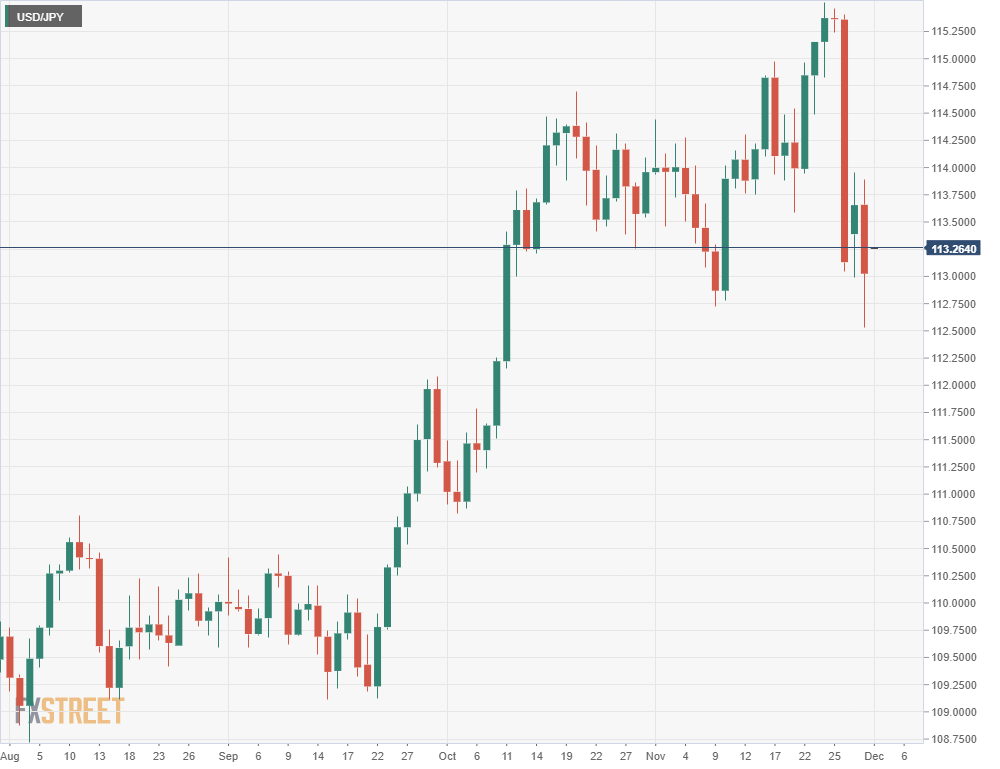- Conference Board Consumer Confidence falls to 109.5 in November.
- Present Situation Index drops to 142.5 from 145.5, Expectations to 87.6 from 89.0.
- Equities hammered on COVID fears, Fed taper advancement, dollar is mixed.
American consumer optimism slipped to a nine-month low in November as inflation overwhelmed wages despite rising earnings from labor shortages.
The Conference Board reported that its Consumer Confidence Index fell to 109.5 in November from a revised 111.6 in October. It was the weakest score for this more than 50-year old index since 95.2 in February. The Present Situation Index, which polls consumers on their current economic condition, slipped to 142.5 from 145.5 in September. The Expectations Index, assessing the future out to six months including inflation, sank to 87.6 in November from 89.0.
Conference Board
The polling period for the survey ended on November 19, before news of the Omicron variant of COVID arrived from South Africa and does not include the potential economic impact, if any, from the new strain. Several nations in Europe had already imposed new mitigation measures and lockdowns from the again spreading Delta-variant.
“Concerns about rising prices—and, to a lesser degree, the Delta variant—were the primary drivers of the slight decline in confidence,” noted the statement from Lynn Franco, Senior Director of Economic Indicators at the Conference Board accompanying the release.
Inflation, wages and confidence
American consumers have been losing ground to inflation since April. March was the last month when annual Average Hourly Earnings (AHE) rose more than the Consumer Price Index (CPI).
From April through October, AHE have averaged a 3.37% annual increase each month. Consumer prices in the same period have gained 5.45%. The Personal Consumption Expenditure Price Index (PCE), the core version of which is the Fed’s chosen measure, rose 4.30%. Under the first gauge, consumers have lost 2.08% in purchasing power every month, for the second the loss is 0.93%.
Average Hourly Earnings
Two other considerations have made this year’s CPI surge more painful to consumers than previous instances.
First, prices have soared in a very short amount of time. Overall CPI has more than quadrupled from 1.4% in January to 6.2% in November. In the second half of 2020, CPI averaged just 1.25%. For the majority of the previous decade consumer inflation was less than 2%. It has been a generation since Americans have seen this kind of inflation, no one is inured.
CPI
Second, the prices of most necessities have risen much faster than the overall inflation rate. Gasoline is the best example. For most families a car is not a luxury but it is the same category as food and shelter. The price of a gallon of regular gas has rocketed 62% in a year. Housing expenses, new and used automobiles, meat, poultry, eggs and all forms of energy have risen much more than overall CPI.
Market response
Equities were struck with a double whammy on Tuesday. Initially fears that the new South African COVID strain, dubbed Omicron, will retard or reverse the global recovery helped to drive the Dow and S&P 500 down 1.86% and 1.90% respectively.
In an appearance before the US Senate, Federal Reserve Chair Jerome Powell said that in light of rising inflation and a healthy economy, the $15 billion monthly reduction in the bank’s bond purchases could be increased.
“At this point, the economy is very strong and inflationary pressures are higher, and it is therefore appropriate in my view to consider wrapping up the taper of our asset purchases, which we actually announced at the November meeting, perhaps a few months sooner,” he observed. “I expect that we will discuss that at our upcoming meeting.”
When the Fed announced the taper at the November 3 meeting only November and December were mentioned, with the statement noting that the committee “is prepared to adjust the pace of purchases if warranted by changes in the economic outlook.” The original reductions would have ended the $120 billion purchase program in June with fed funds increases beginning sometime in the second half of the year.
After Mr Powell’s comments Treasury futures predicted three 0.25% hikes in the fed funds rate by the December 14 meeting in 2022.
CBOE
Treasury yields regained some of their losses of the past two sessions after Mr Powell’s discussion. The 10-year return closed at 1.473%, having been as low as 1.412%. Since the Omicron news hit the markets on Friday, the return on this benchmark bond has shed 17 basis points.
The dollar gave back some of its recent gains, with the euro closing at 1.1342, above 1.1300 for the second time in three days.
Dollar yen continued its safety reversion to the Japanese currency, finishing at 113.02, its lowest since November 9. The Swiss franc also profited from the global risk aversion ending at 0.9194, its highest in 14 sessions. The sterling and aussie lost ground against the dollar while the kiwi was up a minor amount.
Information on these pages contains forward-looking statements that involve risks and uncertainties. Markets and instruments profiled on this page are for informational purposes only and should not in any way come across as a recommendation to buy or sell in these assets. You should do your own thorough research before making any investment decisions. FXStreet does not in any way guarantee that this information is free from mistakes, errors, or material misstatements. It also does not guarantee that this information is of a timely nature. Investing in Open Markets involves a great deal of risk, including the loss of all or a portion of your investment, as well as emotional distress. All risks, losses and costs associated with investing, including total loss of principal, are your responsibility. The views and opinions expressed in this article are those of the authors and do not necessarily reflect the official policy or position of FXStreet nor its advertisers. The author will not be held responsible for information that is found at the end of links posted on this page.
If not otherwise explicitly mentioned in the body of the article, at the time of writing, the author has no position in any stock mentioned in this article and no business relationship with any company mentioned. The author has not received compensation for writing this article, other than from FXStreet.
FXStreet and the author do not provide personalized recommendations. The author makes no representations as to the accuracy, completeness, or suitability of this information. FXStreet and the author will not be liable for any errors, omissions or any losses, injuries or damages arising from this information and its display or use. Errors and omissions excepted.
The author and FXStreet are not registered investment advisors and nothing in this article is intended to be investment advice.
Recommended Content
Editors’ Picks
AUD/USD hovers around 0.6500 amid light trading, ahead of US GDP

AUD/USD is trading close to 0.6500 in Asian trading on Thursday, lacking a clear directional impetus amid an Anzac Day holiday in Australia. Meanwhile, traders stay cautious due ti risk-aversion and ahead of the key US Q1 GDP release.
USD/JPY finds its highest bids since 1990, near 155.50

USD/JPY keeps breaking into its highest chart territory since June of 1990 early Thursday, testing 155.50 for the first time in 34 years as the Japanese Yen remains vulnerable, despite looming Japanese intervention risks. Focus shifts to Thursday's US GDP report and the BoJ decision on Friday.
Gold price lacks firm intraday direction, holds steady above $2,300 ahead of US data

Gold price remains confined in a narrow band for the second straight day on Thursday. Reduced Fed rate cut bets and a positive risk tone cap the upside for the commodity. Traders now await key US macro data before positioning for the near-term trajectory.
Injective price weakness persists despite over 5.9 million INJ tokens burned

Injective price is trading with a bearish bias, stuck in the lower section of the market range. The bearish outlook abounds despite the network's deflationary efforts to pump the price. Coupled with broader market gloom, INJ token’s doomed days may not be over yet.
Meta Platforms Earnings: META sinks 10% on lower Q2 revenue guidance Premium

This must be "opposites" week. While Doppelganger Tesla rode horrible misses on Tuesday to a double-digit rally, Meta Platforms produced impressive beats above Wall Street consensus after the close on Wednesday, only to watch the share price collapse by nearly 10%.
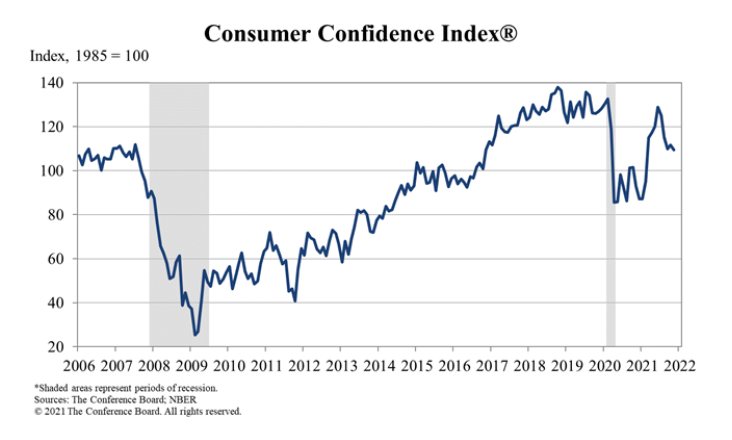
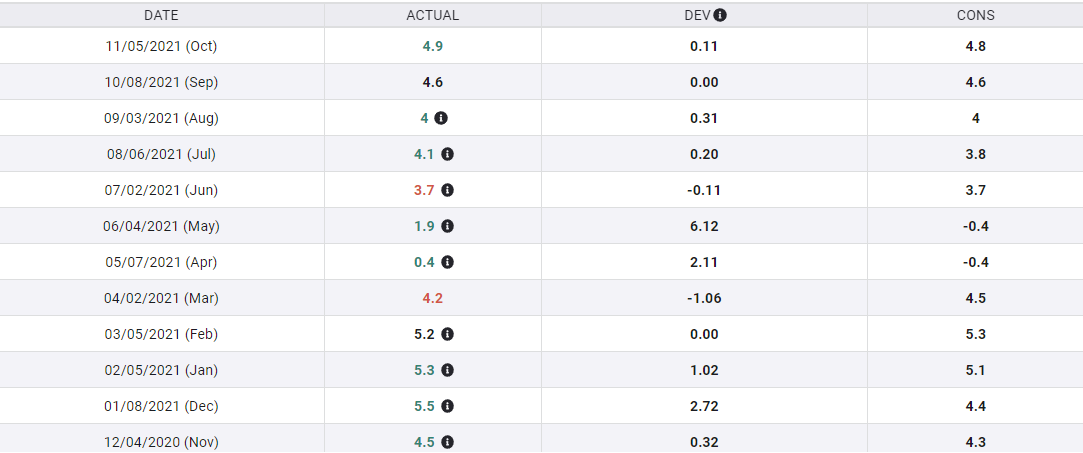
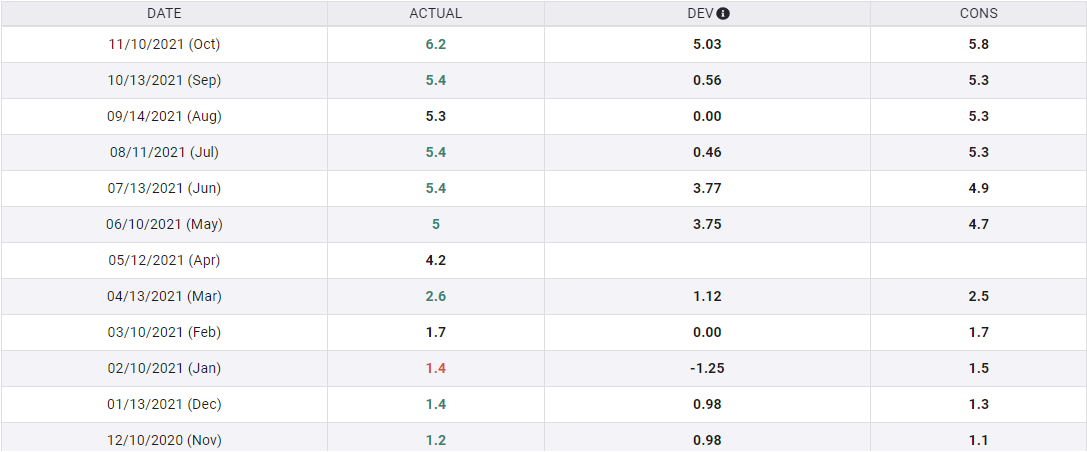
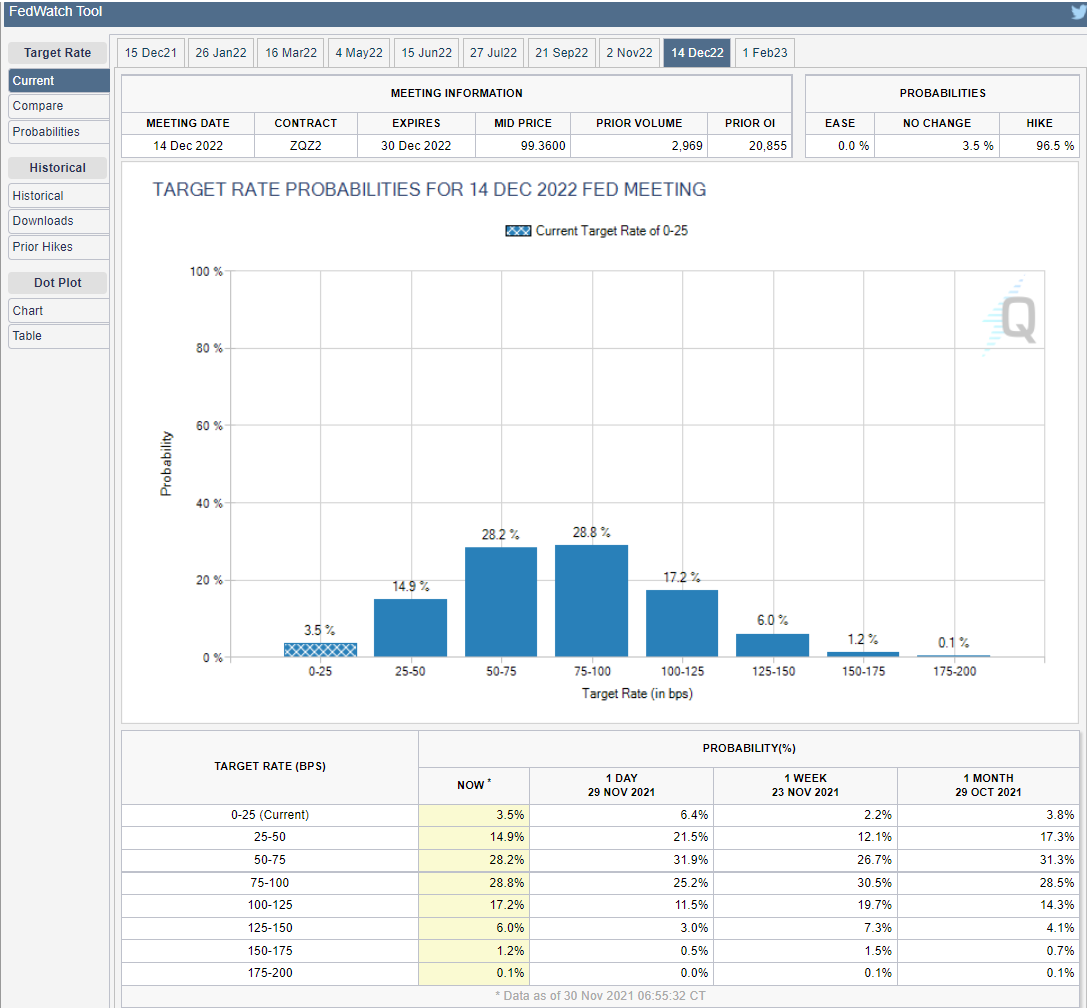
-637739174360294075.png)
